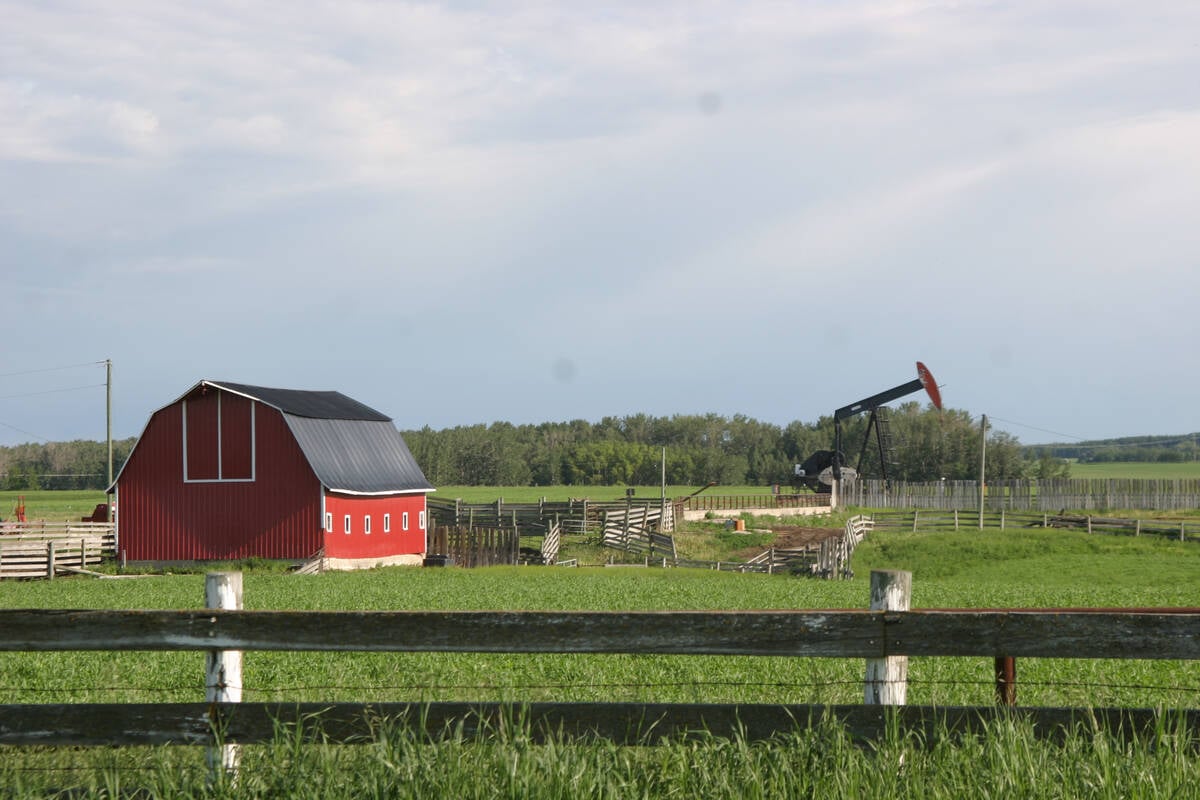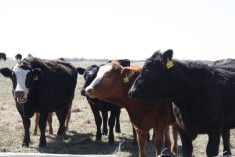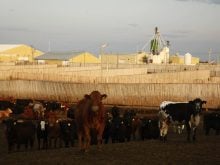This cattle market information is selected from the weekly report from Canfax, a division of the Canadian Cattlemen’s Association. More market information, analysis and statistics are available by becoming a Canfax subscriber by calling 403-275-5110 or at www.canfax.ca.
Fed prices are up
Prices for fed steers and fed heifers rose last week with steers trading at $162.43 per hundredweight, up by $1.98, and heifers trading at $160.49, up by $1.18 over the previous week.
Read Also

Producers may see energy price relief in coming months
Energy prices for Prairie farmers should be steady to lower because the world has an adequate supply of crude oil and Western Canada has a surplus of natural gas.
The western Canadian fed market fared quite well last week despite live cattle futures dropping three to five percent over the past four trading sessions. U.S. fed prices softened last week, but in spite of those factors, prices reached new annual highs. Fed prices last week traded at their highest point since May 2018.
Competition on the cash market was more evident last week with two out of three western Canadian packers buying cattle. Dressed sales ranged from $268-$274 per cwt. delivered. For many producers, this was the first sort of their early placed calves.
Last week there was no price difference between calves and yearlings. Cattle that were bought last week were being scheduled for the weeks of May 13 and May 20 delivery.
With more calves entering the slaughter mix, carcass weights are seasonally trending lower. Week over week, western Canadian steer carcass weights dropped 21 pounds to average 878 lb.
Last week, cash to futures basis levels against the June live cattle contract ranged from +$3.50-+$7.50 per cwt. Early May is traditionally when we see the strongest basis levels of the year.
In the outlook, Canfax says beef exports continue to be a positive story for the Canadian beef industry. Beef exports for January and February are up 29 percent in volume and up 43 percent in value compared to last year. Many producers indicated they bought fed cattle insurance through AFSC for May-June rather than contracting cattle to the plant.
In the United States, dressed sales in the north ranged from US$204-$206 per cwt. and live sales were reported at mostly $127 per cwt. Dressed sales were $4-$6 per cwt. lower than the previous week and live sales were $1-$3 lower.
In the south, a weaker tone was noted late in the week. Live sales ranged from $124-$126 per cwt., which was steady to $2 per cwt. lower than the previous week.
Cow, bull prices rise
Prices for D2 cows rose by C$1.54 last week to average $92.90 per cwt. Slaughter bulls averaged $104.11, up 40 cents from the previous week.
Slaughter cow volumes continued to tighten last week, causing the price rally. D3 cows were more than $3 per cwt. higher than the previous week. Dressed cow bids were $3 higher than last week, ranging from $178-$183 per cwt. delivered.
Western Canadian non-fed slaughter volumes for the four-day week ending April 20 were down 12 percent from the previous week to 6,869 head. Year to date western Canadian non-fed slaughter was 11 percent larger, totalling 149,747 head.
Good spring trim demand and moderate supplies are expected to continue to strengthen non-fed prices.
Feeders strengthen
Average feeder prices continued to seasonally strengthen last week with good demand observed for bunk replacements and grass cattle less than 600 lb. Steer calves from 400-600 lb. rallied $3.50 per cwt. higher than the previous week and similar weight heifers surged sharply $6 to $9.50 higher.
Middleweight calves from 600-800 lb. traded fully steady to higher last week. Larger feeders over 800 lb. traded mixed with steers trending mostly steady to $1 per cwt. lower and heifer prices fully steady to moderately higher.
Following the Easter long weekend, auction volumes were modest at 16,048 head, down 48 percent compared with the previous week. Year to date auction volumes are four percent larger than a year ago, totalling 435,675 head.
Overbought cattle futures took a beating last week, sliding near limit down. Fund managers liquidated cattle future long positions on downgraded fears of reduced global meat supplies and improving weather conditions in the U.S.
Good interest continues for grass cattle and feedlot placements, but a lack of spring moisture could encourage overhead price resistance. Livestock price insurance has provided risk management and improved profitability for the feeder market and should continue to support the spring rally.
Beef trade steady
In beef trade, U.S. cut-out values trended unevenly steady last week with strong grill seasonal demand continuing for middle meats. Choice cutouts averaged US$232.93 and Select averaged $219.75.
Canadian cut-out values for the week ending April 19 traded mixed with AAA surging over C$6 per cwt. higher to average $296.22 per cwt. while AA eased over $1 per cwt. lower.














